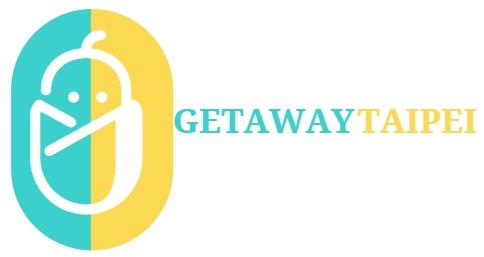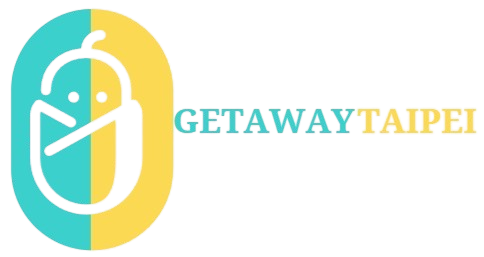The joy of learning a new language is one that everyone can share. To be able to truly understand and communicate effectively in a foreign language is a skill that can open many doors. However, different people learn in different ways. For those who find themselves adjusting their studying techniques to fit their learning style, here are a few language learning techniques that may help you out along your journey.
1. Creative Strategies for Learning a New Language
Learning a new language can be time-consuming and often requires a great deal of dedication. But, there are plenty of creative strategies you can use to make the process easier and help you become more adept at speaking and writing in the language. Here are some strategies you can try to optimize your learning.
- Take a multi-sensory approach: Using your ears, eyes and hands to learn can be effective. Practice writing the words, using reference materials with visuals, and enhanced audio recordings to hone your listening skills.
- Teach someone else: Find a willing friend or family member to teach, or make use of a tutor. As teaching someone else forces you to break down the language into smaller, easier-to-understand concepts, it can help you master the language quicker.
- Immersion: Dedicate time to immerse yourself in the language. Listen to music in the language, watch movies and television, and read books. Letting yourself be surrounded by the language will help your exposure to it and therefore increase your understanding.
Also take some time to focus on grammar and pronunciation. Learning the rules behind the language will help you understand and use it better. Additionally, try to mimic the accent of native speakers—this will help you wrap your tongue around the words more easily when you speak.
You’ll also need ample practice to really make yourself more conversational in the language, too. Try to create opportunities to practice with other people, like language meet-ups with people or tutoring with a native speaker. Write essays, poems, stories and more to sharpen your writing skills.
2. Adapting Techniques to Accommodate Different Learning Styles
It’s important as an educator to recognize the varying learning styles and preferences of students, as no two are exactly alike. Rather than force everyone to adapt to one particular method of learning, teachers should strive to make their classroom a more inclusive and diverse environment that caters to everyone.
Incorporate Multiple Effects
- Differentiate your approach by incorporating visual, auditory, and emotionally stimulating elements.
- Provide diagrams, videos, and other visuals to keep students engaged.
- Use team building activities to foster creative problem-solving and teamwork.
Change Up the Format
- Experiment with different formats including group discussions, lectures, and activities.
- Vary the pacing and intensity of these activities to give different students the chance to shine.
- Make use of active strategies such as brainstorming, project-based learning, or hands-on activities.
Curate Material
- Gather material from different media genres, age groups, and levels of difficulty.
- Choose material that particularly speaks to different students’ preferences.
- Minimize repetition by introducing new topics and ideas.
Adapting your class techniques to accommodate different learning styles is an ongoing process but a very rewarding one. Implementing diverse strategies, adjusting the format, and curating material will go a long way in cultivating an atmosphere of inclusivity and mutual respect in your classroom.
3. Exploring Creative Language Learning Resources
The online and offline journey of learning a language has been transformed over the past decade. Educational technology and the rise of mobile and internet connectivity have sparked a rich and diverse range of language learning tools for both novice and experienced learners. Here are some of the unique resources to help you dive into your language learning journey with creativity.
Movies and TV Shows
Nothing quite compares to immersing yourself in the organic language of native speakers. Watching movies and TV shows can be the perfect way to familiarize yourself with the language, while you can enjoy top-notch entertainment in the process. With the technology available today, you can look up highly specific words and phrases as you watch and hear them used in context, significantly boosting your learning efficiency.
Word Games and Puzzles
Who said language learning had to be dull? With the plethora of entertaining and interactive language learning games available, you can take your practice and instruction to the next level. Test your knowledge with video games, online quizzes, crossword puzzles, and more. Not only are the games fun, they also make the learning process easier and far less tedious.
Podcasts and Audiobooks
With podcasts and audiobooks, you can take language learning on the go. Audiobooks are invaluable to language learners, as the reader will enunciate words precisely and may even emphasize them for clarity. You can use translation software (like Google Translate) to look up a word if needed, but sometimes simply hearing the word in context by a human speaker is far more helpful. Podcasts are a great option for similar reasons, as you can maximize your commute time or daily routine to practice language learning.
Social Media Platforms
Social media has changed the way we relate and interact, and those same opportunities exist for language learners. For example, some platforms have “word of the day” genres to help you learn new terms without feeling overwhelmed or intimidated. You can chat with native users to find colloquialisms, learn pronunciation or search for online communities that provide invaluable content and moral support. With social media, you can make friends, perfect your grammar, and practice conversation skills—all at the same time!
4. Investing in a Customized Language Learning Plan
Creating a custom language-learning plan is a thoughtful and beneficial way to deepen your knowledge of the language. Every learner has different needs, and the way they learn is uniquely their own. With a tailor-made language program, you can tailor it to fit your lifestyle and make the most out of your language journey.
Creating a Plan
- Begin by determining goals for your language challenge. What do you hope to achieve? Do you want to become proficient in a particular lexicon? How much time do you have to devote to studying? Will you be learning alone or with a tutor?
- Research and learn more about the language you want to study – its origin, intricacies, and culture. As much you can try to immerse yourself in the language, listening to the music, watching the films, reading books and articles.
- Prioritize the areas of the language that you want to focus on. Are you looking to learn grammar, conversational skills, or reading and writing?
Decide on Resources
- Discover which teaching methods suit you best. Will you purchase a language-learning program? Are there any apps, books, or YouTube channels that can help you?
- Explore if there’s a language school or tutor near you that you can attend, or if there’s a way you can take online lessons with a native speaker.
- Above all, don’t be too hard on yourself – be realistic about what you can achieve; an overload of information can distract and dishearten.
Plan Every Step
- Chunk the plan into achievable steps, set yourself deadlines and reward yourself when you reach the milestones.
- Start creating a schedule for studying, making sure that you can fit it into your routine. Can you create small pockets of devoted language practice throughout the day?
- Use online tools like flashcards to memorize vocab. Speak the language as often as you can, to reinforce your skills. Listen to podcasts and watch films in your language of choice. Keep track of your progress with a notebook or diary.
Investing in a customized language-learning plan is a great way to ensure that you reach the goals that you’ve set for yourself. Taking the time to lay out a plan that suits your needs and abilities will help you get the most out of your learning experience.
It’s time to put these language learning techniques to the test! Which ever learning style best fits you, you are not far away from becoming proficient or even mastering a foreign language. Just keep on practicing and soon enough you’ll find yourself conversing in a new language with ease. Bonne chance!






